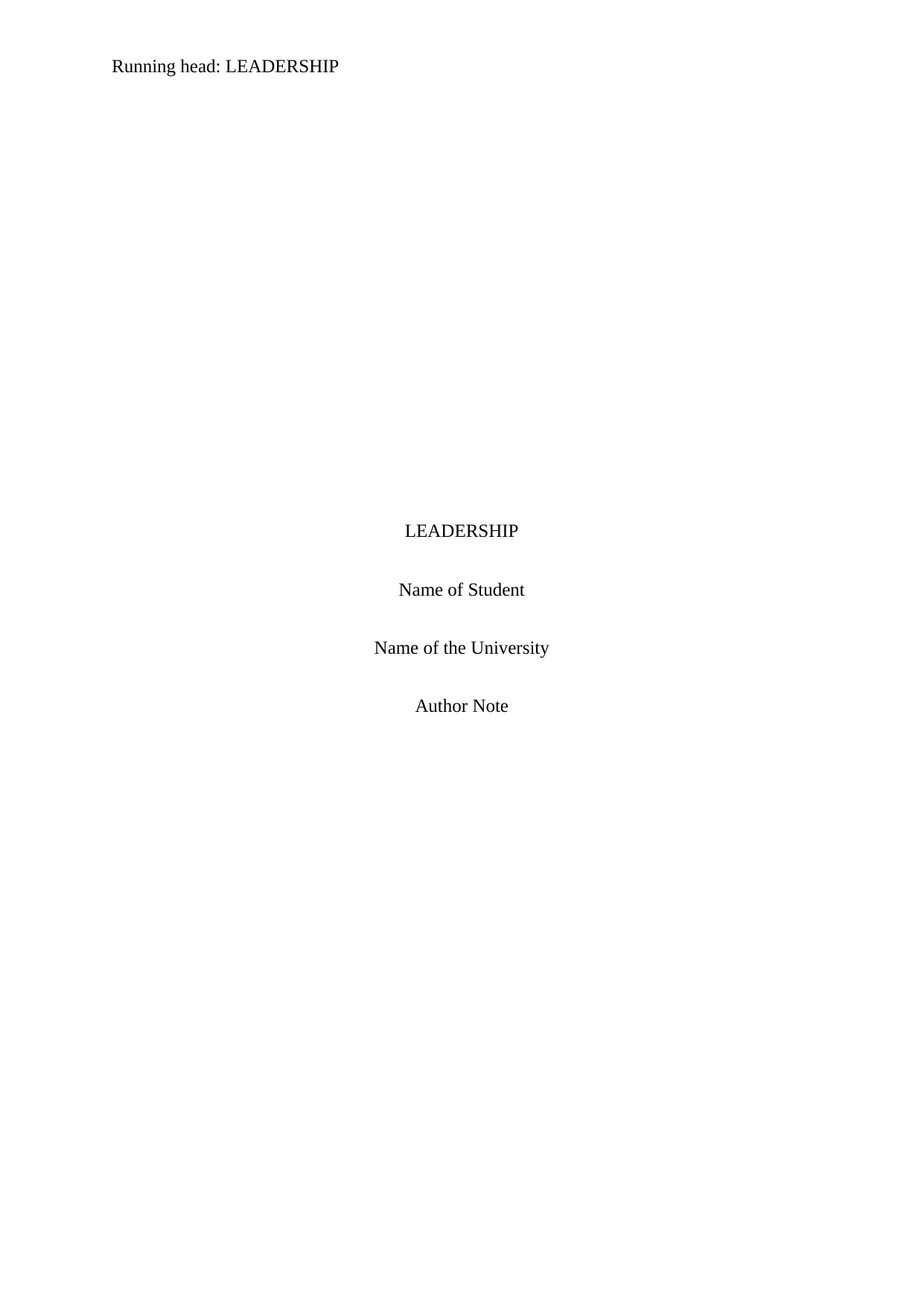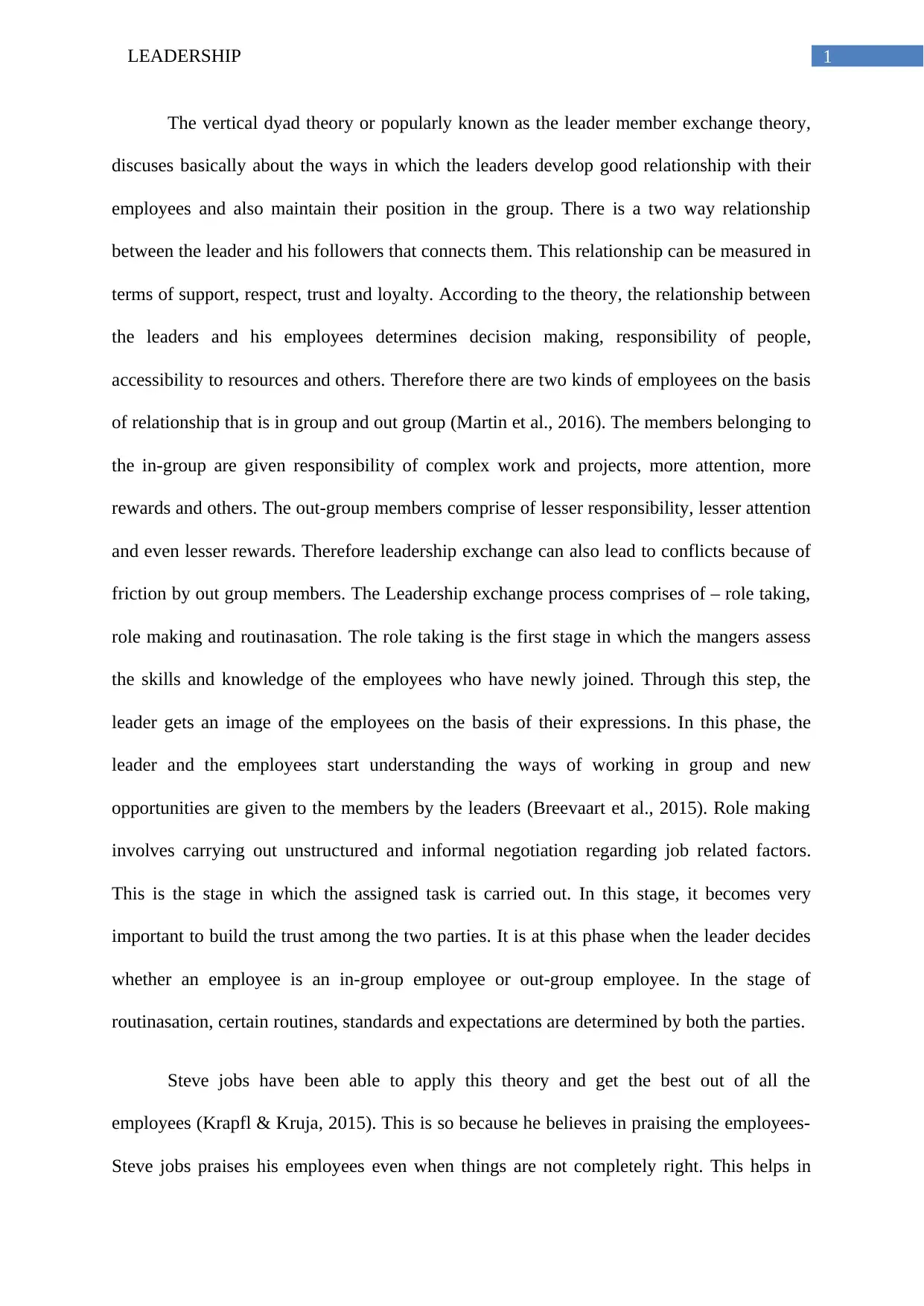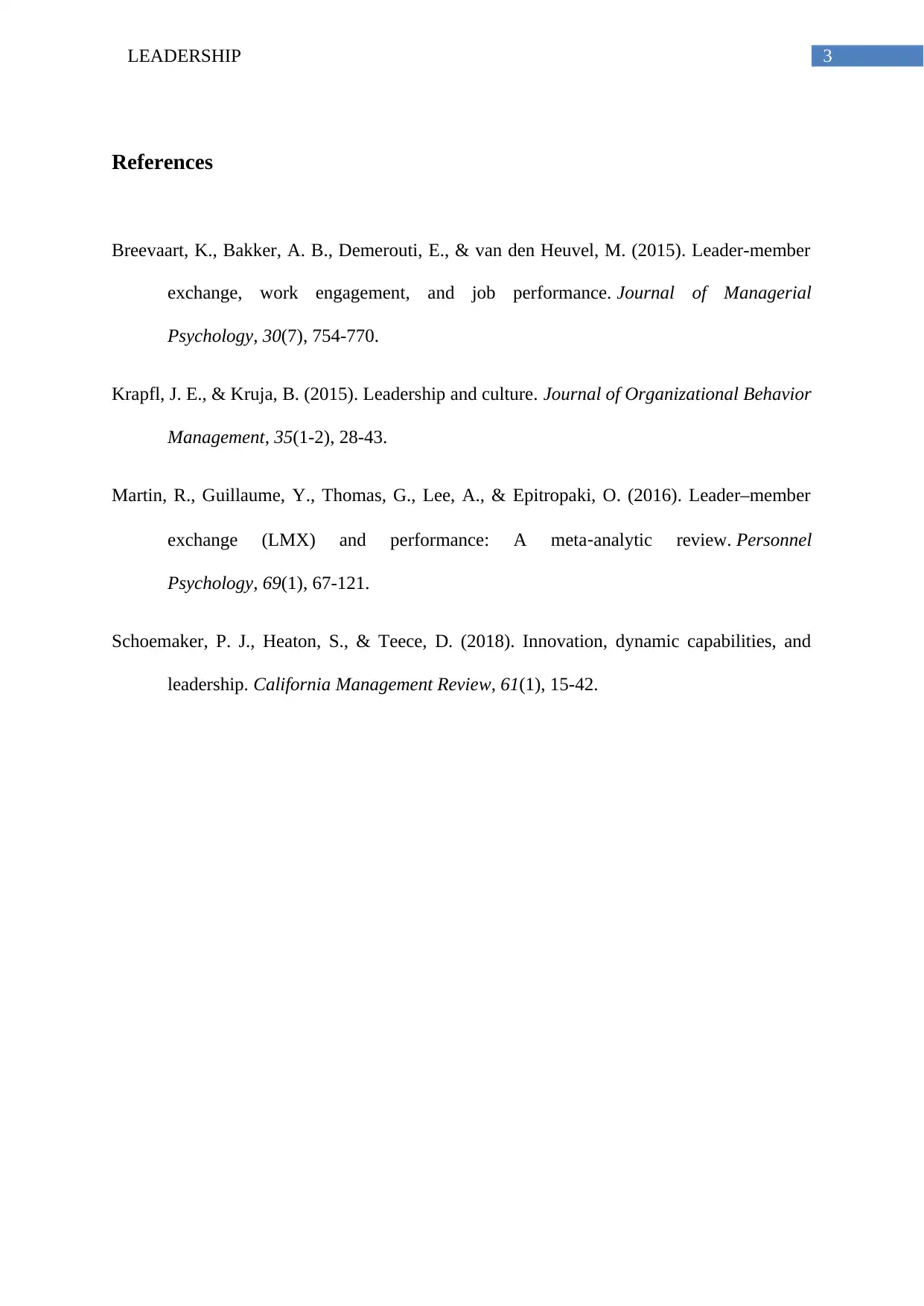The vertical dyad theory, also known as the leader member exchange theory, explores the relationship between leaders and employees. This theory examines how leaders develop relationships with their employees and maintain their position in the group. The theory suggests that the quality of the relationship between leaders and employees affects decision making, responsibility, and access to resources. The theory also identifies two types of employees: in-group and out-group. In-group members receive more attention, rewards, and responsibility, while out-group members receive less. The leadership exchange process involves role taking, role making, and routinization. This theory has been applied by leaders like Steve Jobs to improve employee motivation and performance.
![[object Object]](/_next/static/media/star-bottom.7253800d.svg)
![[object Object]](/_next/static/media/star-bottom.7253800d.svg)



